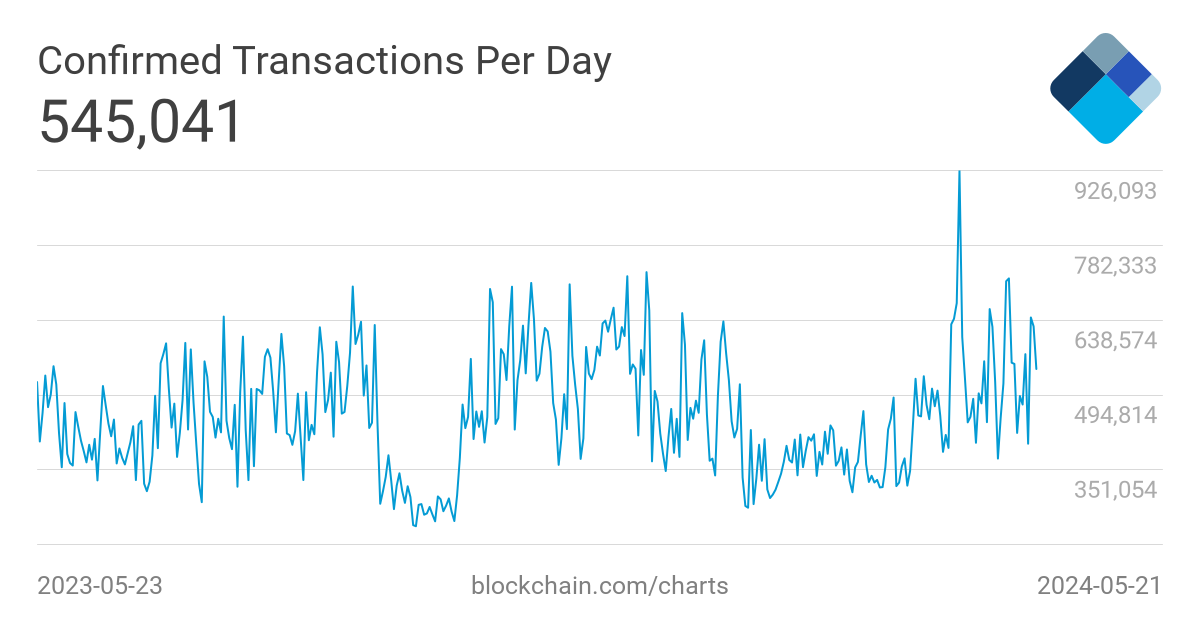What's the Blockchain Daily Limit?

Imagine you're at a bustling marketplace, but instead of vendors and stalls, you have nodes and blocks. This is the world of blockchain, where transactions are verified and recorded in a decentralized ledger. But just like any marketplace, there are rules and limits. Have you ever wondered what the blockchain limit per day is? How does it affect your cryptocurrency transactions? Let's dive in and explore this fascinating topic.
Understanding Blockchain Usage and Transaction Limits
Blockchain technology has revolutionized the way we think about transactions. From cryptocurrency to supply chain management, blockchain usage is vast and growing. But with great power comes great responsibility—and limitations. One of the key aspects to understand is the daily transaction limit that blockchain networks can handle.
The Basics of Blockchain Limits
Think of the blockchain as a highway. Just like a highway has a certain number of lanes and a speed limit, blockchain networks have their own constraints. These constraints are designed to ensure the security and efficiency of the network. The blockchain limit per day refers to the maximum number of transactions that can be processed within a 24-hour period.
Different blockchain networks have different capabilities. For instance, Bitcoin, one of the most well-known blockchains, has a block size limit of 1 MB, which translates to roughly 3-7 transactions per second. This means that the daily transaction limit for Bitcoin is significantly lower compared to more scalable networks like Ethereum or newer blockchains designed for high throughput.
Why Are There Transaction Limits?
You might be wondering, why impose limits at all? The answer lies in the delicate balance between security, speed, and decentralization. Blockchain networks need to verify and record transactions securely. This process, known as consensus, requires computational power and time. Imposing transaction limits helps maintain this balance, preventing the network from becoming overwhelmed and ensuring that each transaction is verified accurately.
Moreover, transaction limits are crucial for blockchain optimization. They help in managing the network's resources efficiently, preventing congestion, and maintaining the integrity of the ledger. Without these limits, the network could become sluggish, leading to delays and potential security vulnerabilities.
The Impact on Cryptocurrency Transactions
For cryptocurrency enthusiasts and investors, understanding the blockchain limit per day is essential. These limits directly affect the speed and cost of your transactions. When the network is nearing its capacity, transaction fees can skyrocket, and confirmation times can increase significantly.
Take, for example, the Ethereum network. During periods of high demand, such as during an ICO (Initial Coin Offering) or a popular NFT (Non-Fungible Token) drop, the network can become congested. This congestion leads to higher gas fees, making it expensive to execute transactions. Understanding these dynamics can help you plan your cryptocurrency transactions more effectively.
Strategies for Navigating Transaction Limits
So, how can you navigate these limits? One strategy is to monitor the network's activity and plan your transactions during off-peak hours. Tools like Etherscan for Ethereum or Blockchair for Bitcoin can provide real-time data on network congestion and transaction fees.
Another approach is to use layer-2 solutions. These are protocols built on top of the main blockchain to increase its capacity and speed. For example, the Lightning Network for Bitcoin and Optimistic Rollups for Ethereum can significantly reduce transaction times and costs by processing transactions off-chain and then settling them on the main blockchain.
The Future of Blockchain Limits
As blockchain technology continues to evolve, so will the daily transaction limit capabilities. Researchers and developers are constantly working on new solutions to scale blockchain networks without compromising security. From sharding to sidechains, the future holds promising advancements that could revolutionize the way we think about transaction limits.
For instance, Ethereum 2.0 aims to increase the network's capacity through sharding, which involves splitting the blockchain into smaller, manageable pieces. This approach could potentially handle thousands of transactions per second, making the network more scalable and efficient.
Conclusion
Understanding the blockchain limit per day is crucial for anyone involved in cryptocurrency transactions or blockchain usage. These limits are not arbitrary but are designed to maintain the security and efficiency of the network. By being aware of these constraints and planning accordingly, you can navigate the blockchain landscape more effectively.
As blockchain technology continues to evolve, so will our understanding and management of transaction limits. Stay informed, stay adaptable, and you'll be well-equipped to thrive in the ever-changing world of blockchain. So, are you ready to dive deeper into the fascinating world of blockchain and cryptocurrency transactions?
FAQs
1. What is the daily transaction limit for Bitcoin?
The daily transaction limit for Bitcoin varies but is generally around 3-7 transactions per second, translating to a few hundred thousand transactions per day. This limit is due to the 1 MB block size.
2. How can I check the current network congestion on Ethereum?
You can use tools like Etherscan to monitor the current network congestion and transaction fees on Ethereum. These tools provide real-time data on gas prices and network activity.
3. What are layer-2 solutions, and how do they help with transaction limits?
Layer-2 solutions are protocols built on top of the main blockchain to increase its capacity and speed. They process transactions off-chain and then settle them on the main blockchain, reducing congestion and lowering fees.
4. What is sharding, and how does it affect transaction limits?
Sharding involves splitting the blockchain into smaller, manageable pieces, allowing for parallel processing of transactions. This approach can significantly increase the network's capacity and speed, potentially handling thousands of transactions per second.
5. How can I optimize my cryptocurrency transactions to avoid high fees?
To optimize your cryptocurrency transactions, monitor network activity and plan your transactions during off-peak hours. Additionally, consider using layer-2 solutions or adjusting your transaction fees to reflect the current network conditions.
```
Belum ada Komentar untuk " What's the Blockchain Daily Limit?"
Posting Komentar